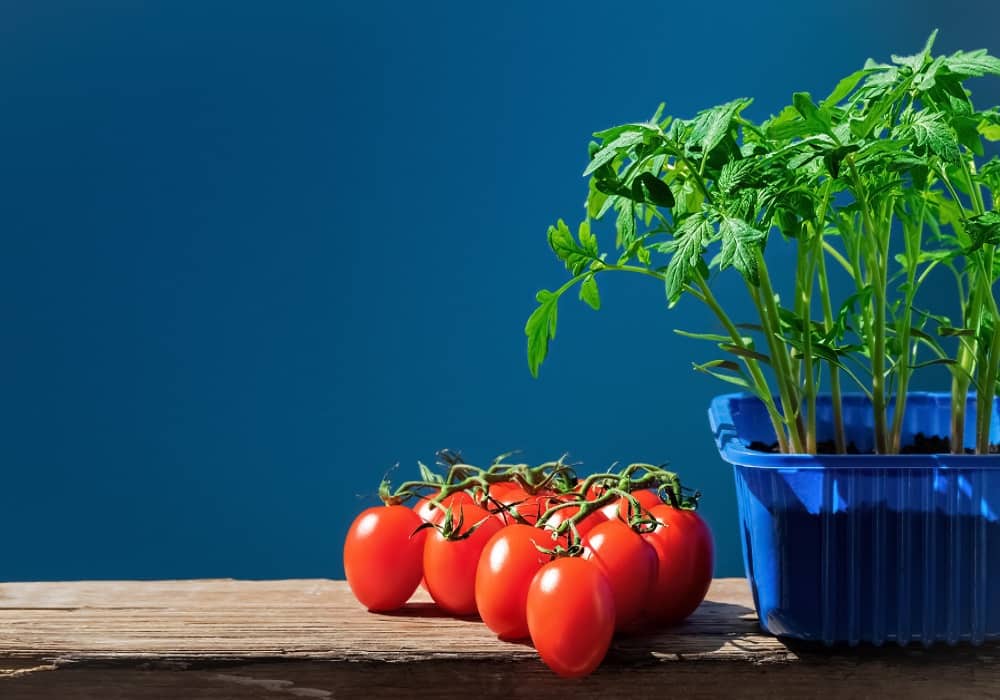How to Choose the Best Plants for Kitchen Garden in India
A kitchen garden is a fantastic way to have fresh, organic, and homegrown produce right at your fingertips. Growing your own vegetables and herbs not only ensures chemical-free food but also adds beauty to your home. However, selecting the right plants for kitchen garden in India is crucial for a thriving and productive garden. In this guide, we will explore the best plants you can grow in your Indian kitchen garden, along with useful tips to ensure a successful harvest.
Factors to Consider When Choosing Plants for Your Kitchen Garden
Before selecting the best plants for kitchen garden in India, consider the following factors:
1. Climate and Season
India has diverse climatic zones, so it’s essential to choose plants that suit your region. Some plants thrive in summer, while others do better in cooler months.
- Summer Crops: Tomato, chili, cucumber, okra
- Winter Crops: Spinach, carrot, cauliflower, radish
- All-season Crops: Coriander, mint, lemongrass
2. Space Availability
The size of your kitchen garden determines the plants you can grow. If you have a small balcony or terrace, opt for container gardening with compact plants like herbs and leafy greens. Larger gardens can accommodate climbing plants like beans and gourds.
3. Soil Type and Fertility
Most kitchen garden plants thrive in well-draining, nutrient-rich soil. Adding compost, vermicompost, or organic manure improves soil fertility and plant growth.
4. Sunlight Requirements
Most vegetables and herbs need at least 4-6 hours of direct sunlight. Leafy greens and shade-tolerant herbs like mint and coriander can grow in partial sunlight.
Best Plants for Kitchen Garden in India
Here are some of the best plants for kitchen garden in India that are easy to grow and maintain:
1. Tomatoes (Tamatar)
- Why Grow? Packed with nutrients and a staple in Indian cooking.
- Growing Tips: Requires full sunlight and well-draining soil. Support the plants with stakes for better yield.
2. Chilies (Mirchi)
- Why Grow? Essential spice in Indian cuisine.
- Growing Tips: Thrives in warm temperatures. Keep the soil moist but not soggy.
3. Coriander (Dhaniya)
- Why Grow? A versatile herb used for garnishing and cooking.
- Growing Tips: Prefers partial sunlight and well-drained soil. Sow seeds directly in pots or garden beds.
4. Spinach (Palak)
- Why Grow? Nutrient-rich and grows quickly.
- Growing Tips: Thrives in cooler temperatures and partial sunlight.
5. Mint (Pudina)
- Why Grow? Refreshing flavor and medicinal benefits.
- Growing Tips: Grows well in containers. Needs regular watering but avoid waterlogging.
6. Lemongrass
- Why Grow? Great for teas and herbal remedies.
- Growing Tips: Needs full sunlight and well-drained soil. Prune regularly to promote growth.
7. Curry Leaves (Kadi Patta)
- Why Grow? Essential for South Indian and North Indian dishes.
- Growing Tips: Requires plenty of sunlight. Water moderately.
8. Brinjal (Baingan)
- Why Grow? A staple in Indian households.
- Growing Tips: Prefers warm temperatures and well-drained soil.
9. Bottle Gourd (Lauki)
- Why Grow? Highly nutritious and easy to digest.
- Growing Tips: Needs a trellis or support for climbing. Water regularly.
10. Carrots (Gajar)
- Why Grow? Packed with vitamins and antioxidants.
- Growing Tips: Prefers cool weather and loose, sandy soil.
Essential Tips for a Thriving Kitchen Garden
Here are some additional tips to ensure healthy plant growth in your kitchen garden:
1. Use Organic Fertilizers
Compost, cow dung manure, and vermicompost improve soil fertility and boost plant health.
2. Regular Watering
Different plants have different water needs. Water early in the morning or late in the evening to prevent evaporation.
3. Pest Control
Use natural remedies like neem oil spray or garlic water to keep pests away.
4. Companion Planting
Planting certain plants together can enhance growth and deter pests. For example, planting basil with tomatoes improves flavor and repels insects.
5. Pruning and Harvesting
Regular pruning promotes growth and prevents overcrowding. Harvest herbs frequently to encourage fresh growth.
Conclusion
Starting a kitchen garden in India is an enriching experience that provides fresh and healthy produce while reducing grocery bills. By selecting the right plants for kitchen garden in India, considering climate, space, and soil conditions, and following proper care techniques, you can enjoy a bountiful harvest year-round.
Happy gardening!
